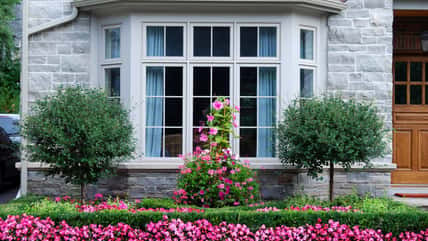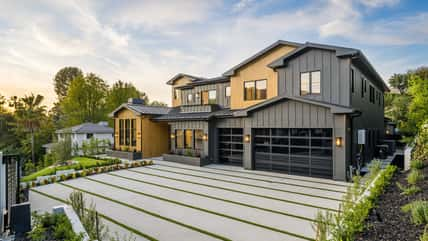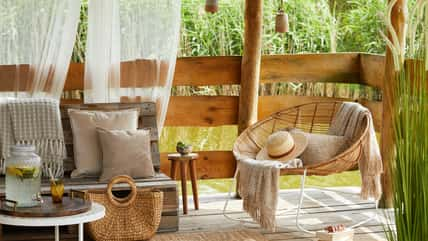Refresh Your Space With A Healthy Dose Of Nostalgia And Color By Trying Out These 1970s Home Design Trends In The New Year
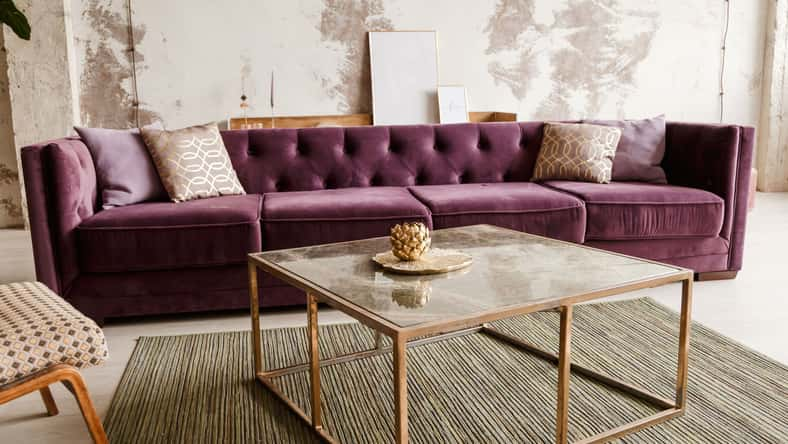
It may be the 21st century, but interior styles from the 1970s are taking over homes once again. In 2024, the ’70s are the go-to decade for home decor because it taps into nostalgia and satisfies people’s craving for color and joyful design.
However, there’s a knack for incorporating aspects of the trend. There’s no need to embrace every element from the decade unless you want your home to look like something from the set of a ’70s sitcom. Include just a few touches that are mixed in with your own style.
Don’t go overboard with the bold, crazy colors that are typical of the ’70s. Warm, muted shades of mustard yellow, pale green, burnt orange, and chocolate brown will provide a fresh and modern twist on the ’70s look. These earthy tones will give your home a calm and welcoming atmosphere.
If you want to get your disco on, here are a few tasteful design ideas that will spread some retro flair and capture the groovy vibes of the ’70s.
Floral Upholstery
In the early 1970s, “flower power” was a popular slogan used to promote peace, happiness, and nonviolence. During that time, the home decor reflected that slogan through the rise of floral prints. Brighten up your living space with fun, funky floral patterns on upholstered furniture. Solid-colored sofas with florals are reminiscent of the hippie period.
Animal Print Rugs
We will be seeing a major resurgence of animal prints in 2024. Animal prints may seem a little intimidating to work into your home, but if you do it properly, they can look really classy. One excellent way to incorporate animal prints is through rugs.
Zebra or leopard patterns are fun and quirky and won’t overpower your space. For a subtler touch, go with a patterned pillow or a throw blanket spread across your couch.
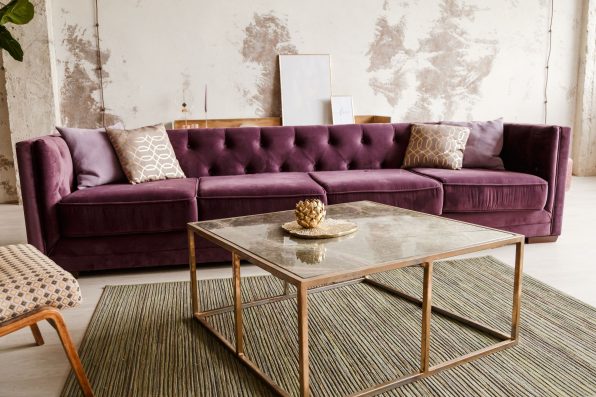
vladdeep – stock.adobe.com – illustrative purposes only
Rattan And Macrame
You can’t discuss the ’70s without mentioning rattan and macrame. Woven, natural materials are making a comeback as people step away from the sleek minimalism of previous years. Rattan chairs and macrame hangings channel a style that screams casual and comfortable.
They are well-loved for their ability to provide a rustic, organic look to the more contemporary features of today. The ’70s would not be complete without these rope-like details.
Wood Paneling
Wood paneling was huge in the ’70s because it was inexpensive and easy to install. Once it became too common, it fell out of popularity, but now, it’s back on the scene!
This style of paneling can be successfully incorporated into modern homes as long as you select a stain that will match the finishes already present. Warm, polished woods are best for bringing in lightness and elegance.
Velvet
Folks in the 1970s were all about velvet—and for good reason. The fabric is cozy and luxurious, lending an air of sophistication to your living room.
A velvet couch and pillows make a statement while adding some textural variety. Velvet also helps soften vibrant colors, which will balance out your space.
Hoya Houseplants
This hardy ’70s houseplant is making a triumphant return to homes across America. Perhaps you remember the plant crawling over your grandma’s kitchen cabinets. Hoyas are easy to care for, and they thrive indoors. So, add greenery for a pop of contrast.
Sunken Living Rooms
Sunken spaces were a staple in the ’70s. These gathering areas sit just a bit lower than the rest of the room. They create definition in a larger space without enclosing it with walls.
Having a conversation pit in your living room will offer a lot of character to your home, and it will become the go-to place for hangouts among your friends.
Technology From The ’70s
While technology from the ’70s may not be useful today, it sure does make for some great accessories. Vintage decor is all the rage.
Adorn your home with record players, typewriters, retro phones, or other colorful pieces of ’70s memorabilia.
Sign up for Chip Chick’s newsletter and get stories like this delivered to your inbox.
More About:Home

